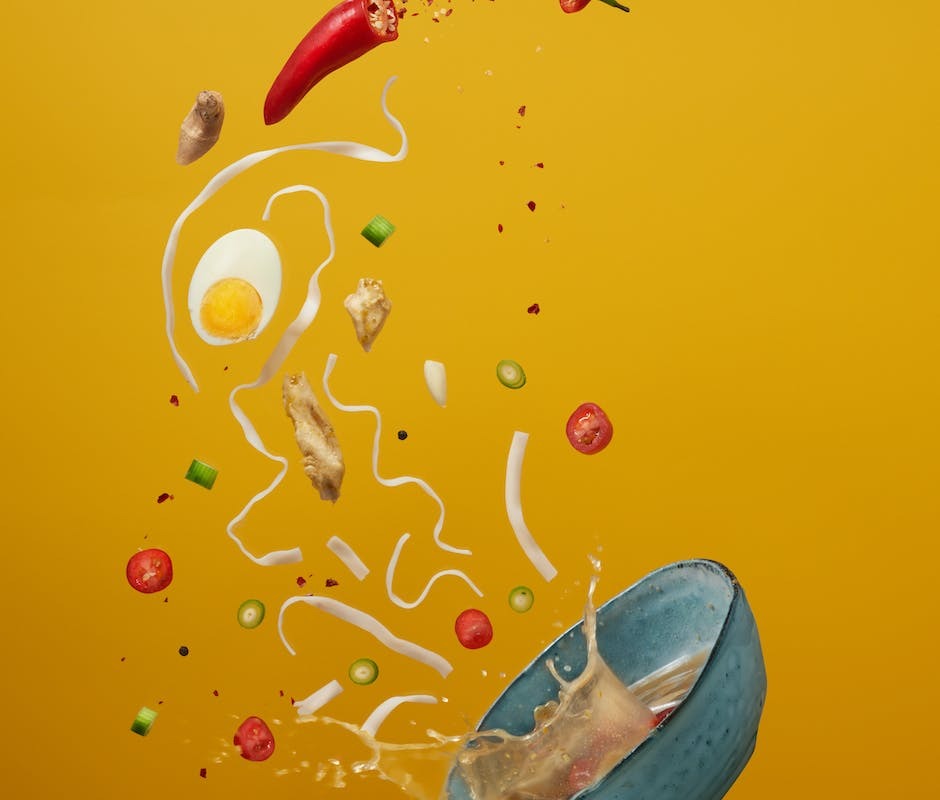
Animation movies have been around for almost a century, but have significantly evolved in quality and depth over the past 20 years. With the advent of digital animation, movies such as Toy Story broke boundaries and vastly improved the artistic quality of animation movies. Realistic and vivid textures, three-dimensional scenes, and never before seen realism were part of the new level of visual quality for animation movies. This level of realism was quickly taken up by movie studios and the level of detail in animation movies increased exponentially.
The storytelling capabilities of animation movies have changed significantly as well. Instead of being used primarily for light-hearted cartoons, animation movies have been used to tell increasingly ambitious and emotional stories. Coco and Frozen are prime examples of movie studios pushing the boundaries of storytelling capacity with animation. It is no longer simply about the visuals, but about the emotional connections that animation movies can now make.
The animation movie industry has also gone through a financial boom over the past few decades. Film companies have gained a global market through the mass appeal of animation movies, leading to much higher box office returns across the board. This financial success has encouraged studios to not only produce more movies, but also push the boundaries of what can be achieved with each movie. This has resulted in more views and an expanding fanbase for animation movies.
Themes and Characterization
Range of themes explored by animation movies has increased recently. Films like Spider-Man: Into the Spider-Verse explores complex themes such as identity and consequence, while movies like Incredibles 2 delve deep into the dynamics between family members. This range of topics gives viewers much more room to explore various points of view.
Characterization in animation movies has also experienced a noticeable jump in quality and accuracy. Characters have become more relatable, more reflective of what is happening in the world, and more sympathetic with the audience. This allows animation movies to range from engrossing thrillers to heartwarming family movies. This breadth of movies give viewers a much richer viewing experience than previously offered.
The level of realism in animation has also pushed the level of character design even higher. As technology has become more sophisticated, the ways in which animators can express a character’s emotion and attitudes have completely changed, allowing viewers to become much more involved with the characters.
Realism and Lighting
Another key part of the evolution of animation movies is the attention to detail. Studios have turned their attention to creating more realistic scenes, thus convincing the audience that what they are seeing is genuine. This level of realism has amazed viewers, who are then able to get absorbed in these detailed and lifelike worlds.
Pictures can now be created with a far greater level of detail and complexity. Animation lighting has also evolved, allowing for improved moods, atmosphere, and emotion in movies. This improvements can make or break a scene in an animation movie, and the attention to detail has led to animation movies showcasing complex emotions, drama, and narrative.
The visual effects industry has also seen an explosion in quality and a better understanding of the technical limitations of visuals. This has enabled animation studios to produce scenes with levels of complexity and detail that were unimaginable just a decade ago.







